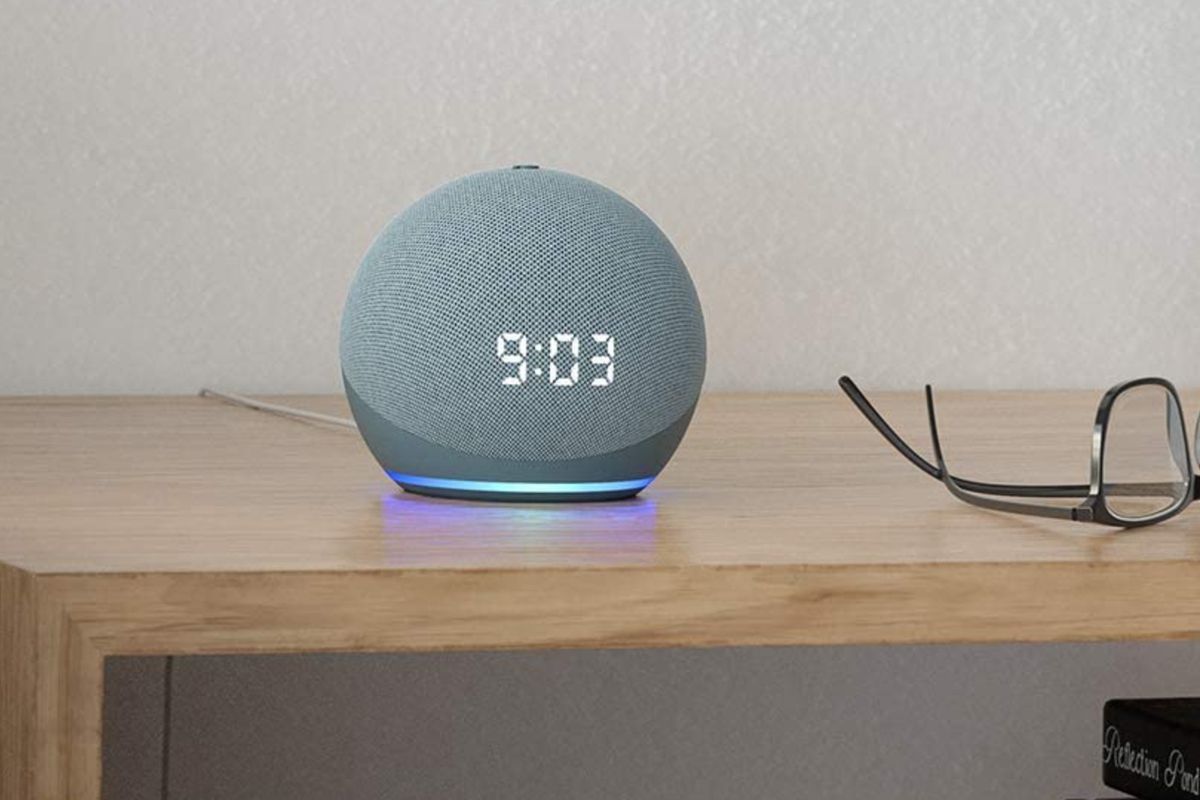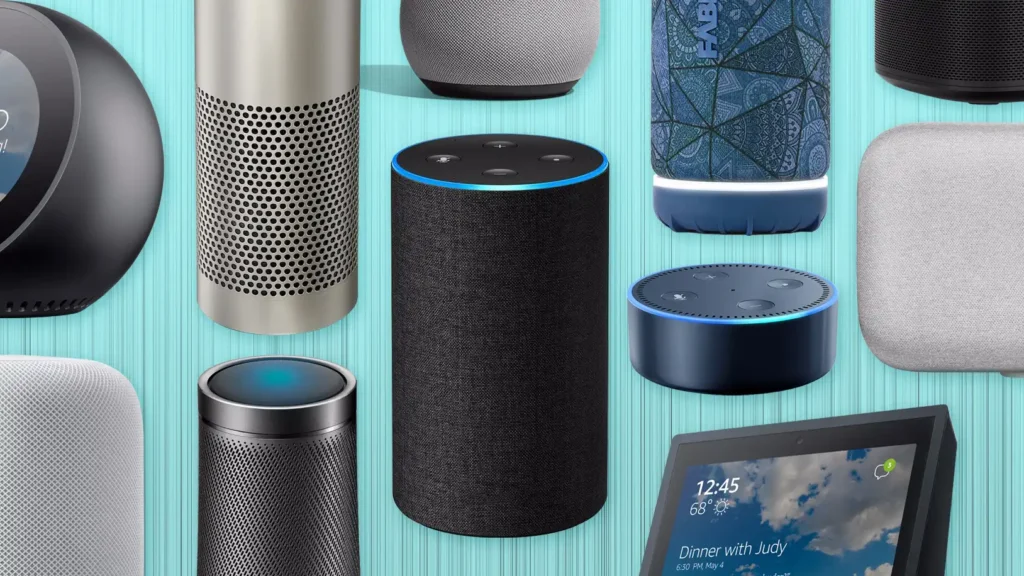Learning a new language at home can be fun and easy. Smart speakers help a lot with this. These small devices listen and talk with you. They can help you practice new words and sentences. You do not need to go to a school or hire a teacher. You can use a smart speaker every day to learn a language.
What Are Smart Speakers?
Smart speakers are small machines that you can talk to. You ask questions or give commands. They answer back with voice. Some popular smart speakers are Google Home, Amazon Echo, and Apple HomePod. They connect to the internet and find information for you. You can also use them to play music or control other smart devices in your home.
Why Use Smart Speakers for Language Learning?
- Practice speaking: You can talk and listen anytime you want.
- Learn new words: They teach you new words every day.
- Improve listening skills: Hear correct pronunciation and sounds.
- Easy and fun: Learning feels like a game or talk with a friend.
- Repeat as much as you want: Practice again and again.
Step 1: Set Up Your Smart Speaker
First, get a smart speaker. If you do not have one, ask someone to help you buy it. Connect it to the internet. Follow the instructions that come with the device. Use the app on your phone to set it up. Choose the language you want to learn as the main language or one of the languages your speaker can use.
Step 2: Choose the Language You Want to Learn
Most smart speakers support many languages. You can ask your smart speaker to switch to the language you want. For example, say, “Speak in Spanish,” or “Change language to French.” This way, you will hear the language you want to learn. It helps your brain get used to the new sounds.

Credit: www.amazon.ca
Step 3: Use Language Learning Skills on Your Smart Speaker
Many smart speakers have special skills or apps for language learning. You can enable these skills through the app. These skills can teach you new words, phrases, and grammar. They also have quizzes and games to help you remember better.
For example, you can say:
- “Teach me a new word in German.”
- “Start a French quiz.”
- “Help me practice Spanish phrases.”
Step 4: Practice Speaking with Your Smart Speaker
Speaking is very important when learning a language. Your smart speaker can listen and answer you. You can practice simple sentences or questions. For example, say “How do you say ‘good morning’ in Italian?” The smart speaker will tell you the answer. Then, try to repeat it aloud.
You can also have small conversations. Ask your speaker questions like:
- “What is your name?”
- “How are you today?”
- “What is the weather like?”
Talking often helps you feel more comfortable with the language.
Step 5: Listen to Songs and Stories in the Target Language
Smart speakers can play music and stories. Ask your device to play songs in the language you want to learn. Songs help you learn new words and sounds. They make learning fun and easy to remember.
You can also listen to simple stories. Say “Tell me a story in Japanese.” Listening to stories helps you understand how sentences work. You also learn new words and phrases.

Credit: www.gearbrain.com
Step 6: Set Daily Reminders to Practice
Learning a language is better when you practice every day. Use your smart speaker to set reminders. For example, say “Remind me to practice Spanish at 7 PM every day.” This will help you build a good habit.
Even 5 or 10 minutes a day helps a lot. Small steps make big progress over time.
Step 7: Use Translation Features
Smart speakers can translate words or sentences for you. If you hear a word you do not know, ask your speaker. Say, “Translate ‘hello’ to French.” The speaker will tell you the meaning and pronunciation.
You can also ask to translate whole sentences. This helps you understand better. But try to speak the new language first. Use translation only when you need help.
Step 8: Make Learning Part of Your Daily Life
Use your smart speaker in daily activities. For example, ask for the weather in the language you learn. Ask about the time or set a timer. Talk about your day or your plans. This keeps the language alive and useful.
The more you use the language, the better you get.
Tips to Get the Most from Your Smart Speaker
- Speak clearly: This helps the speaker understand you better.
- Be patient: It may take time to get used to it.
- Repeat often: Practice makes perfect.
- Explore new skills: Try different language apps on your speaker.
- Use headphones: For better listening, especially in noisy places.
Example Schedule for Language Learning at Home with a Smart Speaker
| Time | Activity | Description |
|---|---|---|
| Morning | Learn a new word | Ask your speaker to teach you a new word. |
| Afternoon | Practice speaking | Have a short conversation with your speaker. |
| Evening | Listen to a story or song | Play a story or song in the target language. |
| Before bed | Review with a quiz | Use a quiz skill to test what you learned. |
Final Thoughts
Smart speakers are helpful tools for learning languages at home. They make practice easy and fun. You can listen, speak, and learn new words every day. The key is to use your speaker often. Make language learning part of your daily routine. With time and practice, your skills will improve.
Start today. Talk to your smart speaker. Enjoy learning!
Frequently Asked Questions
How Can Smart Speakers Improve Language Learning At Home?
Smart speakers help practice speaking, listening, and vocabulary daily with easy voice interaction.
What Are The Best Language Learning Apps For Smart Speakers?
Popular apps include Duolingo, Babbel, and Rosetta Stone for interactive lessons on smart speakers.
Can Smart Speakers Help With Pronunciation Practice?
Yes, they provide instant feedback on your pronunciation through voice recognition technology.
How Often Should I Use A Smart Speaker For Language Practice?
Daily use, even 10-15 minutes, boosts language skills steadily and keeps you motivated.

